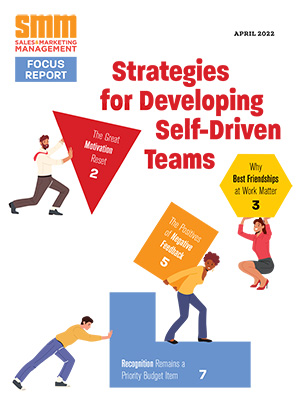
Benefits such as company-sponsored health care, child care subsidies or perks such as access to discounted employee lunches or local gym memberships are certainly valuable parts of any remuneration package and can, in some personal circumstances, make employees stay longer or even decide in their absence to resign and join someone new. “But let’s be clear,” says John G. Fisher, CEO of FMI Group, a British brand engagement consultancy, “they do not improve individual performance at work or reinforce achievement habits.”
“Employee benefits and perks are neither recognition nor reward, despite their huge presence in the organizations of the developed world,” Fisher says in his new book, “Strategic Reward and Recognition: Improving Employee Performance Through Non-Monetary Incentives” (Kogan Page).
He takes issue with business leaders who ask why the company should offer non-monetary rewards if they are not motivated to work harder by the benefits they currently receive. “Nobody works harder or goes the extra mile for an increment in their pension or for higher life insurance,” Fisher states.
Additional insights from his book:
You can’t have one without the other
There is an old saying in the motivation business that there should be no reward without recognition and no recognition without reward. If the sponsor is allocating non-cash rewards for above-average performance there should be an element of formal communication to recognize those who have excelled, as this provides a powerful inducement to repeat the effort next time around. Equally, a recognition program tends to get better share of mind and adoption if there is an element of reward in the program.
A not-so-secret ingredient
Of all the elements that tend to be handled less well within performance improvement programs, communication is cited most often as “could be done better.” The mechanics of creating HR information, such as using the in-house studio or following a tried-and-tested format for briefings, often results in little consultation on how the item should look or the language used in the communication piece about the performance improvement program. What started out as a groundbreaking, attitude-changing initiative can degenerate into “just another email” and so lose its impact and business rationale. Also, the name on your incentive program communications needs to be as high up in the organization as possible — the overall business leader would be good.
Setting non-sales goals
Goal setting for non-sales parts of the organization is more difficult, as at first glance there is no obviously measurable output. For non-sales support staff, the measurements require a leap of faith
and will be drafted in the belief that achievement of certain levels of activity means a good job is being done. All employees have key performance indicators (KPIs) in their everyday jobs. Non-monetary program objectives are often based on these KPIs so that performance and incentives can be aligned.
Incentive travel trumps all other rewards
Incentive travel is by far the most attractive reward that can be offered by most sponsors within the context of a reward program. In the eyes of the average participant it has all of the qualities of a luxury holiday, but without the personal cost. It appeals to all the senses. It offers relaxation from a stressful life. It provides excellent opportunities as a trophy value reward to impress colleagues and relatives as evidence that you are very successful.
A last word
William James, the 19th century U.S. philosopher, writer and commentator, said, “The deepest craving in human nature is the craving to be appreciated.”



